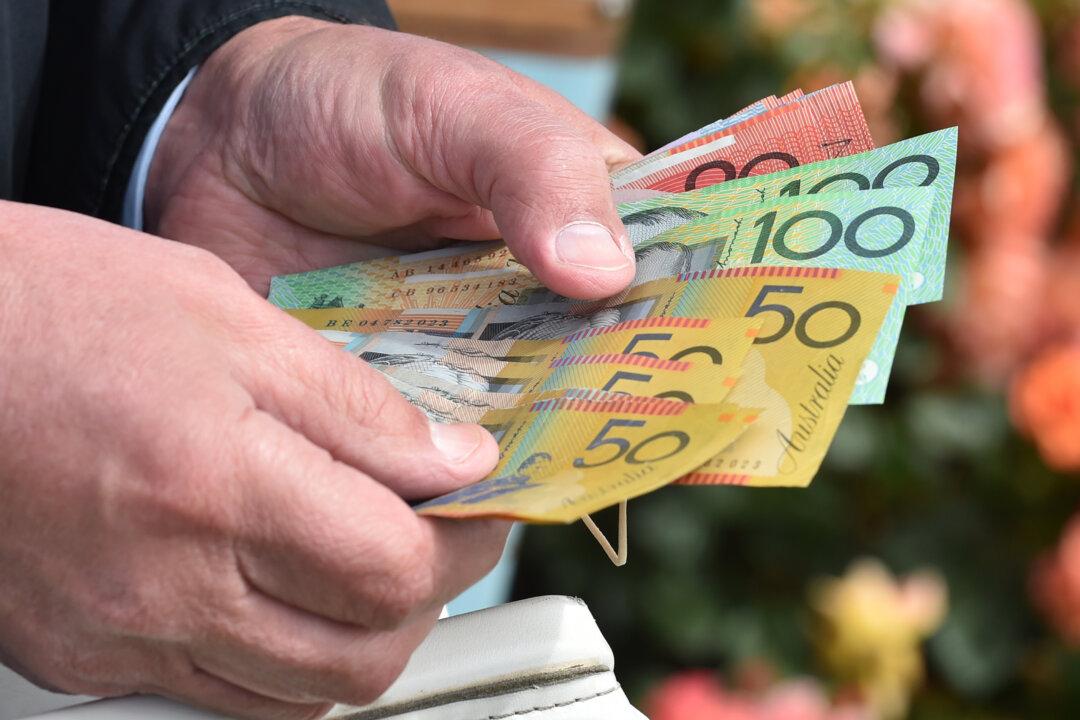Commentary
A mother gave her 8-year-old daughter $20 to spend at a theme park. The child—let us call her Nancy—wanted to buy a colourful T-shirt with her money. The mother, who had also prepared a delicious lunch box, chaperoned her excited child.

A mother gave her 8-year-old daughter $20 to spend at a theme park. The child—let us call her Nancy—wanted to buy a colourful T-shirt with her money. The mother, who had also prepared a delicious lunch box, chaperoned her excited child.